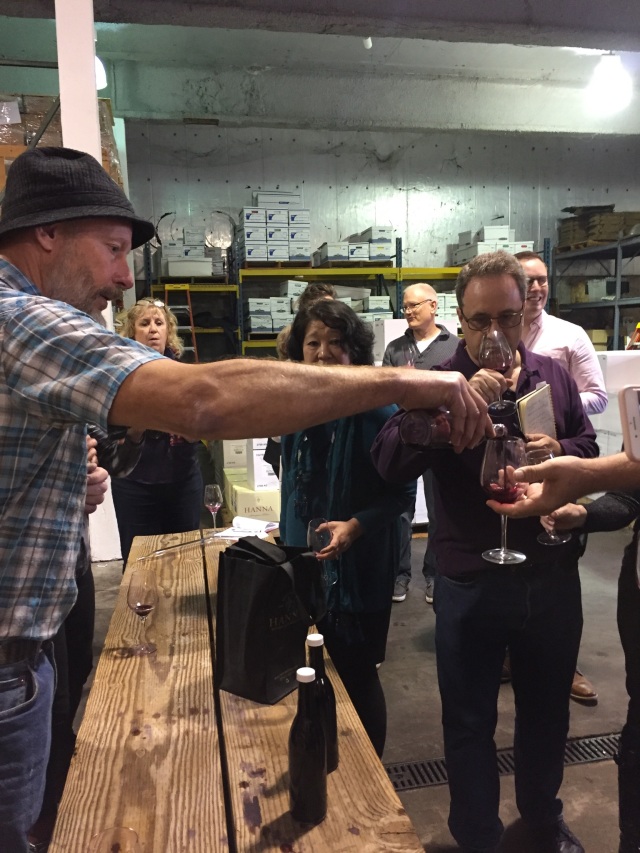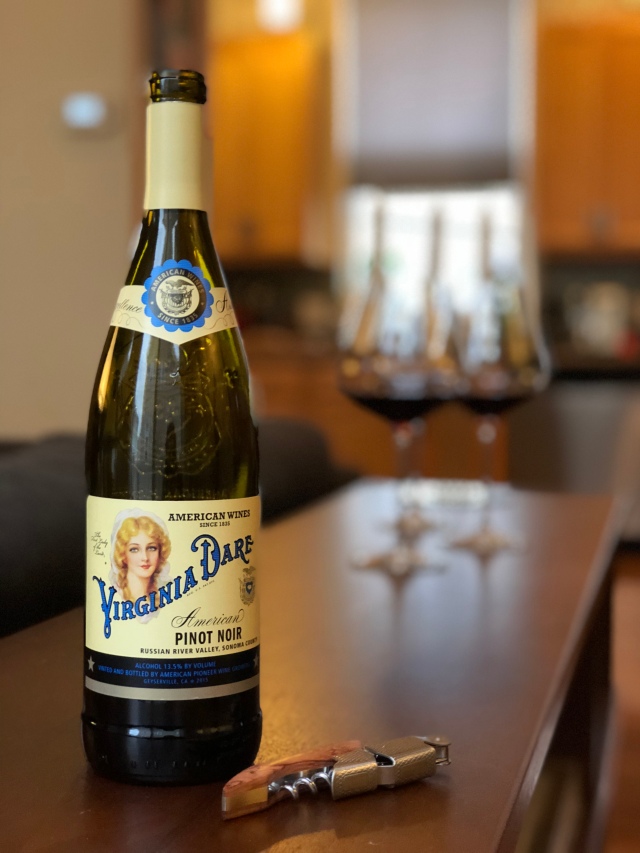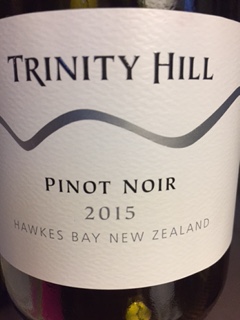I’m on the road at the moment – my favorite place to be – and I’m remembering that until this week I hadn’t flown for almost five months, since the 2017 Wine Bloggers Conference in Sonoma. That event is 50 percent fun, 50 percent learning, and of course, 100 percent wine.

[Jeff Hinchliffe, winemaker at Hanna Winery, pouring Saint-Macaire for thirsty wine writers]
So what happens when wine bloggers connect? Here are my takeaways from the confab last November:
- I need to drink more Chateau St. Jean. When the elegant wine estate closed for several weeks because of the Sonoma fires, our excursion to the winery was canceled. But they were good enough to donate some bottles, and we partied virtually with their 2014 Cinq Cépages (14.7% alcohol, $85), a divine Bordeaux blend with big tannins, healthy acidity and fragrant with blueberries and cherry cola.
- If you’ve driven in Napa Valley, you already know this: avoid Route 29, the primary road that bisects the valley. Not only does it get congested, it’s also where police linger, waiting to pounce on speeding tourists. Take the Silverado Trail instead; it runs parallel to Route 29 and will give you a more tranquil drive.
- For a deeper understanding of what’s in your glass, listen to the person who made it happen. Jon Priest, head winemaker at Etude Wines, dispensed a few prize nuggets for anyone who considers producing wine: “If we wanted our wine to express the place,” he said, “we had to learn everything about the soil before we planted a vine.” Later he shared his position on Etude’s signature varietal: “Pinot Noir is Pinot Noir. You shouldn’t blend anything into it. If you have to mix something into it, you’re trying to fix something.”
- We learned about some effects of wildfires at Hanna Winery. In short, if the barrel room fills with smoke, not to worry – smoke taint won’t permeate the barrel to reach the wine inside. But if you pour already-tainted wine in a barrel, then empty it and pour fresh wine in, that second batch also will be tainted. The smoke flaws from the first batch will likely spoil the barrel. In the vineyard, ash left in the soil won’t affect next year’s harvest; it only affects fruit that’s on the vine during the fire.
- If you’re making wine from Malbec next fall, here’s a little advice from Hanna’s winemaker, Jeff Hinchliffe: “When you have an abundance, turn some into rosé. It makes a killer rosé.”
- I wasn’t familiar with Saint-Macaire, so I was excited to taste some from the barrel at Hanna Winery. The obscure Bordeaux grape grows in large, tight clusters and “in the tank it turns into a monster,” Hinchcliffe says. It’s the quintessential Big Sexy Red – dark ruby colored with an aroma of anise that lingers in the taste, along with dark chocolate, lettuce, black fruit and a bit of pink grapefruit. I want to taste it again after it softens.
- When you build your own winery, take a tip from Rodney Strong Vineyards and ferment your wine in square tanks instead of the traditional round ones. Square tanks maximize space, often a valuable factor as the business grows.
- I learned something even more important from the folks at Rodney Strong: I suck as a winemaker. They sponsored a blending seminar, and we competed in teams of four to concoct the best Meritage wine. We worked with Cabernet Sauvignon, Malbec, Merlot, Cabernet Franc and Petit Verdot to reach the best possible balance, adding 4 percent of one varietal here, 10 percent of another wine there, back to soften it with a little Merlot, giving it more backbone with more Petit Verdot. We had to track the exact percentages, and after an hour of calculating and blending and tasting, we were exhausted. Our team placed second.
- If you want to sharpen your wine-detecting abilities, a suggestion from Master Sommelier Andrea Robinson: buy liqueurs in various flavors, sip and smell slowly, and take notes. Flavors are more concentrated in liqueurs and you can distinguish specific tastes and aromas more easily than in wines.
- Wineries may soon feel the pinch from legalized marijuana: a few studies already show that because of competition from legal weed, people might reduce their alcohol consumption, or stop drinking altogether. I’m skeptical, but we’ll see.
Wine Lingo: Red Meritage (rhymes with “heritage”) = wine produced using two or more red Bordeaux varieties – Cabernet Sauvignon, Cabernet Franc, Malbec, Merlot, Petit Verdot, Gros Verdot, Carmenère and Saint-Macaire. If any other grapes are included in the mix, it’s not a red Meritage, though you also can find white Meritage made with Sauvignon Blanc, Muscadelle and/or Sémillon. Neither red nor white Meritage can include more than 90 percent of any one grape. The wine style was created in the late 1980s when some American winemakers wanted a name for Bordeaux blends produced in the New World (i.e., not Europe). They attached criteria required of wineries in order to use the word “Meritage” on the label.

[Photo courtesy of Emily Straffen]
Vino ‘View: When you need a reliable table wine, 2015 Virginia Dare Pinot Noir (13.5 percent alcohol, $24.99) is a safe bet. As I drank, I eventually tasted dark cherries, plums, black olives and toasted nuts, though I had to stretch to find those layers. One reviewer nailed it when he called it “a simple wine,” but it’s friendly and I would serve it to friends. More exciting is the story of Virginia Dare, the first English child born in America in 1587. She belonged to the Lost Colony that disappeared from Roanoke Island soon after; legend says she was rescued and raised by the Native American tribe that might have attacked the settlement.
Cheers!
Mary







